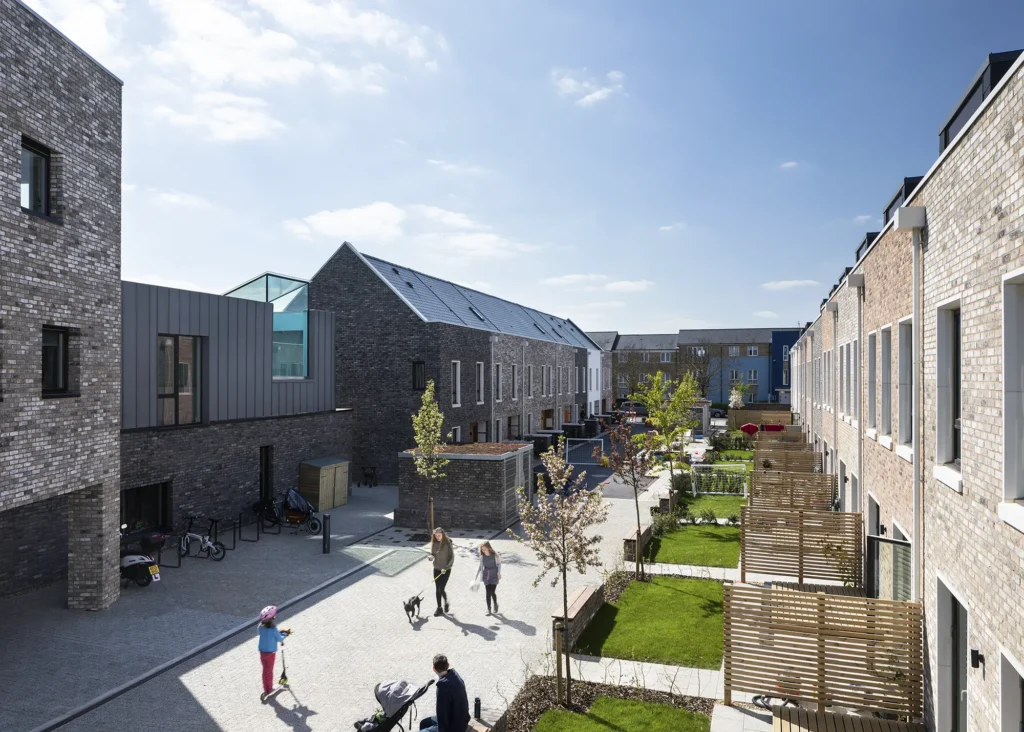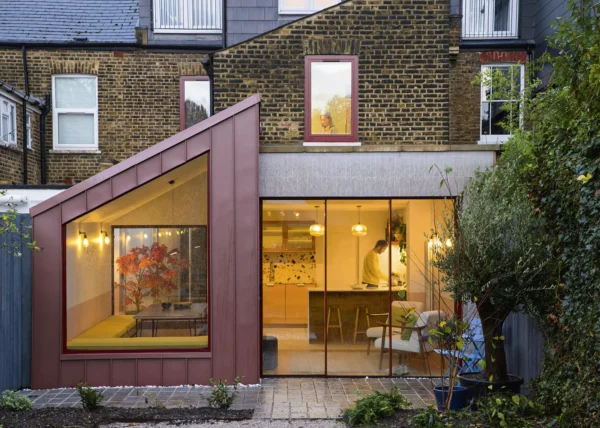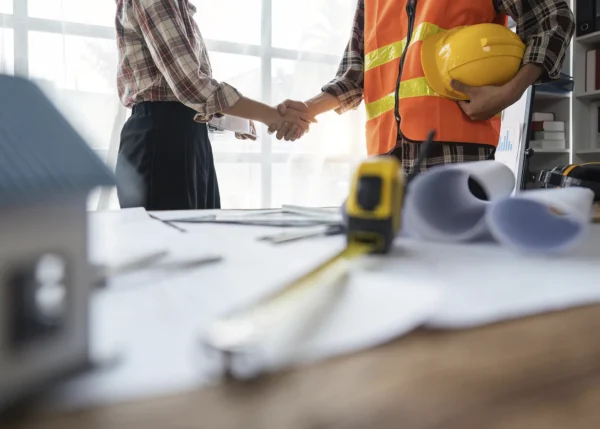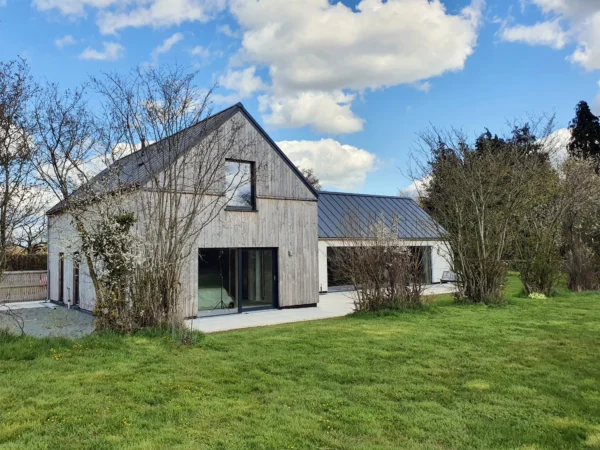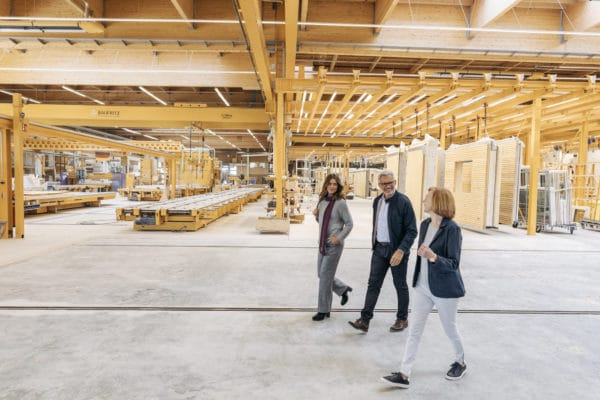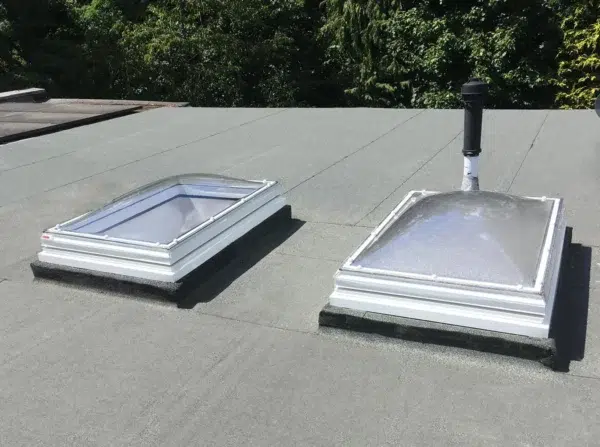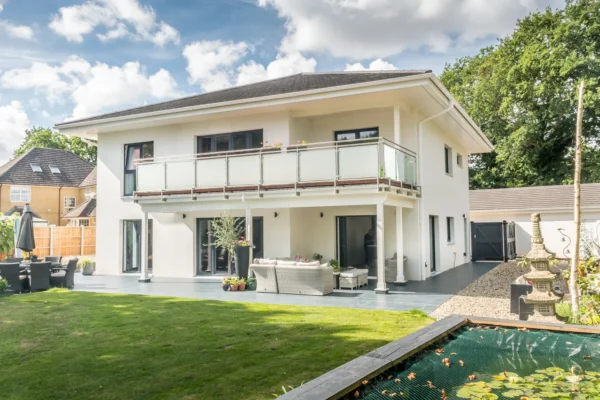What is Group Self Build? How to Team up with Other Self Builders
Group self build is where a collective of people come together with the aim of creating their own homes at one site. The group might have formed for a range of reasons, but potentially because they are likeminded individuals or they share mutual interests. Sometimes they have a geographic connection and want to find an affordable way of staying in a town or village, which might otherwise be unachievable.
The group might be created in a formal manner, with relationships and responsibilities clearly agreed and set out. Alternatively, there may be an informal arrangement, where individuals do not share responsibilities across the site, but each take their own plot forward.
What Are the Benefits of Group Self Build?
This route has advantages both to self builders and more widely to the local community and economy. If you’re looking to create a new home, pursuit of development as a group can help with accessibility to sites and opportunities that might not be achievable by individuals. The networking and knowledge of the collective together can also help with finding and securing appropriate land.
Building in a group can reduce costs through economies of scale during the construction phase by buying materials in bulk. Designing several homes together can also improve efficiency in the experience of living in such spaces, for example by creating shared facilities. You could benefit from shared skills, too, helping in the project delivery.
| Looking for a plot of land for your self build project? Take a look at PlotBrowser.com to find 1,000s of UK plots and properties, all with outline or full planning permission in place |
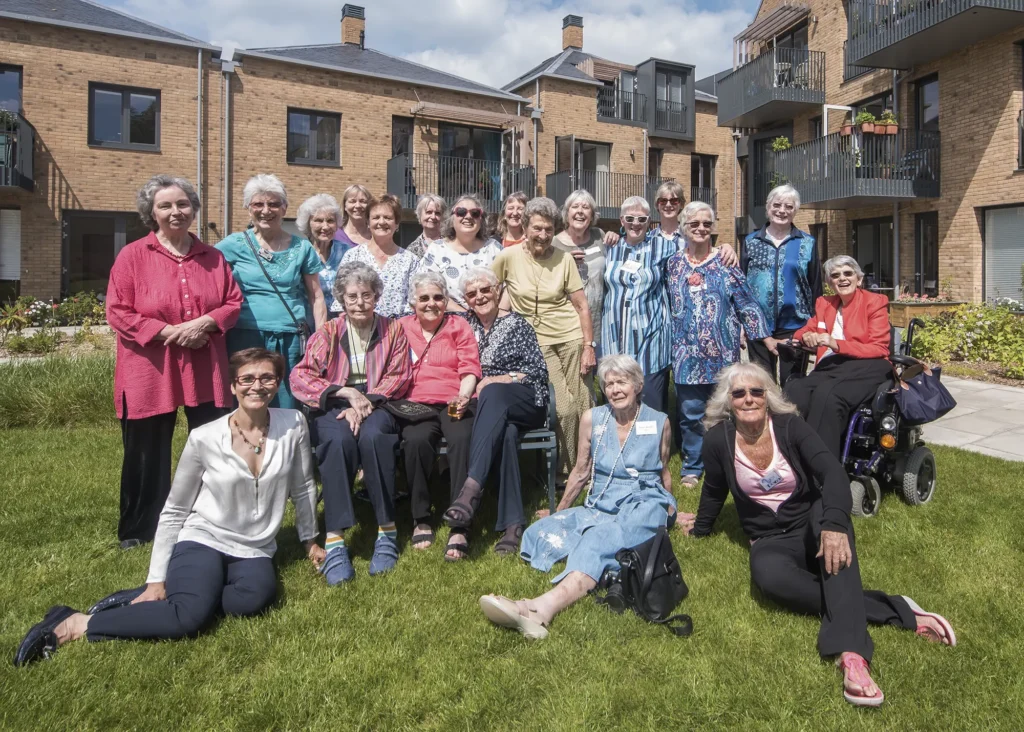
The Older Women’s Co Housing (OWCH) project was born after Maria Brenton ran a workshop in London about cohousing communities, interested in the subject of getting together at an older age to promote healthy and active lives. A group of six women chatted in the pub afterwards and decided to build a new community of homes together – 20 years later the dream was achieved
A major advantage of this route is the community spirit that comes about through the process and the mutual support between the self builders of individual plots when delivering their homes. Self build can be challenging, particularly when pursued on an individual basis, so undoubtedly sharing the highs and lows can be helpful.
There are particular benefits to groups or communities coming together in specific demographics. For instance, women over an identified age delivering a supportive environment with shared facilities (such as the Older Women’s Co Housing project, pictured above). There are examples of group self build amongst local communities where members have strong local connections and building in this way enables them to stay in the area.
CASE STUDY Self building a cohousing communityMarmalade Lane in Cambridge is a cohousing development that engaged residents from the outset to create a place with a real sense of community spirit. The project was initiated by a group called K1 Cohousing, who worked with co-developer TOWN, timber frame specialist Trivelhus and Mole Architects. The idea was to create a multi-generational community with lots of communal facilities and shared spaces, such as guest bedrooms, a large hall and kitchen for joint meals, multi-purpose meeting rooms, laundry facilities and a large collective garden. In terms of the properties themselves, there are 42 homes comprising of two-to-five bedroom terraced houses and one-to-two bedroom apartments. |
Finding Land for a Group Self Build Project
The biggest challenge for many self builders is finding a suitable plot. Local Authorities are required to keep a register of people wishing to self build in an area, including individuals, but also groups of self builders. If you are interested in a collective project, look to join the register and think about the information you can give in terms of what type of site you are looking for and where.
Achieving planning permission is another potential challenge for many self builders; coming together as a group can open up more opportunities in terms of securing land. Plus, making good use of a site might be preferable in the eyes of planning departments.
Having a group of people able to use networks and engage with the local council and other stakeholders can assist in raising the profile of that project, as well as their aspirations, which can help in identifying sites and bringing development forward.
There are examples where this has occurred and where local authorities have been able to assist groups in securing land in scenarios where this may not have been possible for one single self builder. But be patient, these processes can take time!
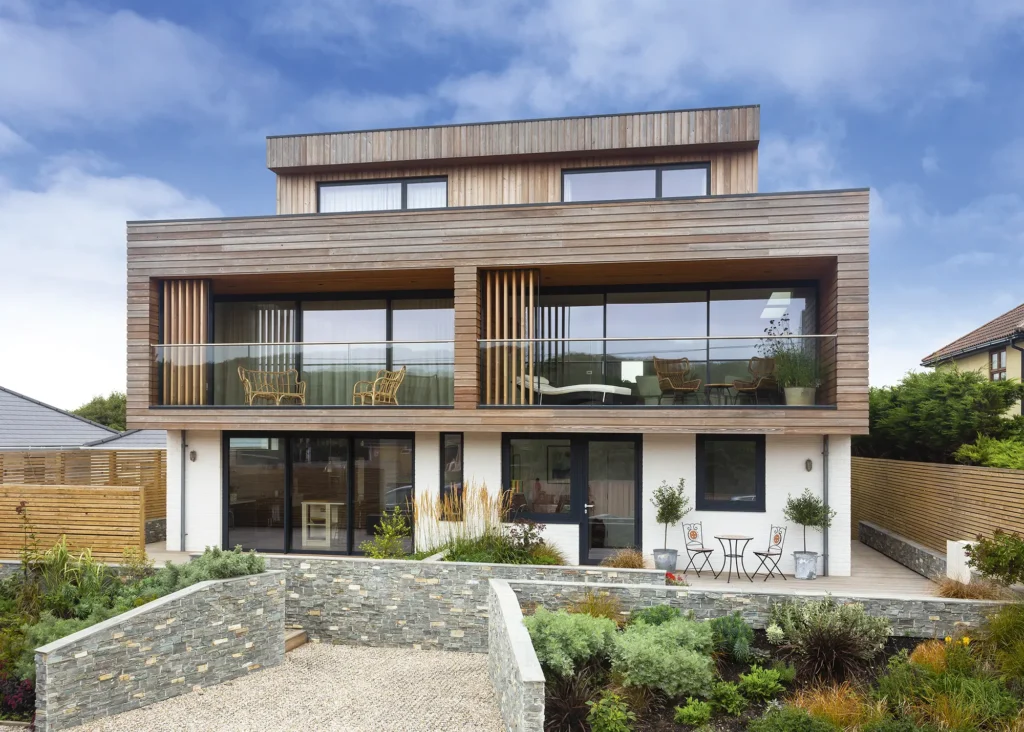
When Sharon and Martin Newman looked to relocate from the city to the coast, they decided to undertake the project with some friends to buy a plot together and build a pair of semi-detached homes. They worked with the same architect, Rob Pollard of RX Architects, each tailoring the internal layout to what they individually wanted
Think about who else you may be able to approach to assist in bringing this type of development forward. Are there other groups in the community you are looking to build in who might be able to assist or support?
Collective self builds can become community projects and have wider benefits to that local community. Is there a group working on a neighbourhood plan, for example, who might be considering sites and locations for development that could be suitable? Or perhaps approach the parish or town council to raise the profile of what you are trying to do and seek to generate opportunities.
TOP TIPS For a successful group self build
|
Approaching Landowners
There are, of course, other sources of finding a building plot, such as approaching landowners, developers or house builders, particularly where they might be bringing forward sites for custom and self build as part of larger schemes which could possibly offer opportunities to a group.
When approaching any of these parties, it is important to have some clarity about what you are looking to build – the scale, nature and process you are hoping to achieve with the development.
For example, who will coordinate the design approach and the layout of the site? How will you know what you can build on each plot? Identify early on whether the skills in doing this lie within your group, or whether there is benefit in bringing in expertise (and whether you have the resources to do so) to assist with this and to support the group through the process of both site acquisition and planning.
Should More Self Builders be Looking to Join Forces?
Pursuing a group self build can certainly have benefits which extend throughout the process of seeking and securing a site, the build out and occupation of any development.
There are award-winning and successful examples of schemes that build strong communities and mutually supportive living environments, which should inspire and give confidence to groups to come together and pursue this approach to self building.






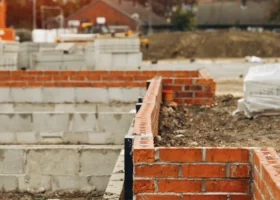
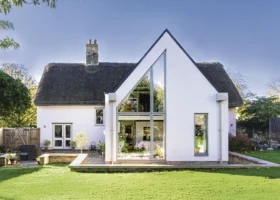
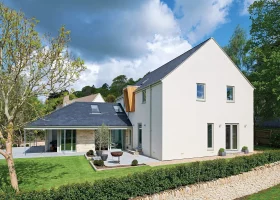

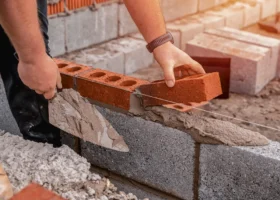



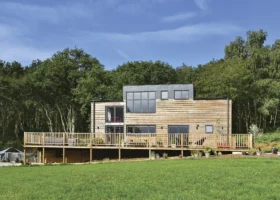





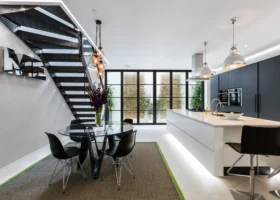
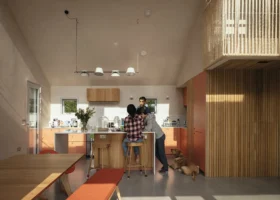



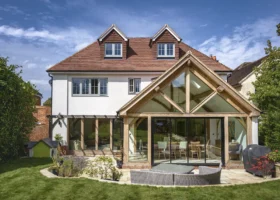


















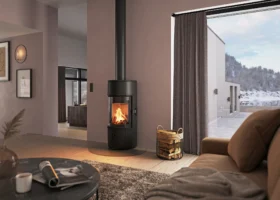

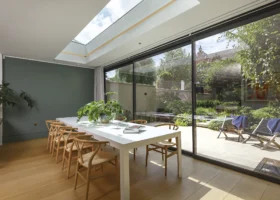











































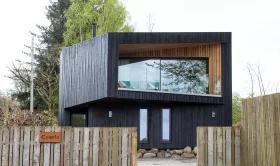











 Login/register to save Article for later
Login/register to save Article for later

